Model versus Reality
Since the beginning of the house project I have maintained our own drawings of the house. The drawings guided our meetings and helped overcome language barriers. A technical drawing is difficult to argue with.
The builder had their drawings of course. Revisions of the builder’s drawings took weeks to complete and frequently missed the dimensions and details I wanted to see.
I am not a draftsman and can not create building site suitable drawings; I do not know the correct markings, icons, and notation used on-site. So my drawings were initially just for our consumption.
Our semi-formal drawings were a way of putting down ideas to see if they were practical and worked in the space available. Over time the drawings grew in detail and scope. Right now, at week 34 of the build, I have plans that document every surface of every wall in the house. Every socket, fixture, and fitting is noted with centimetre accuracy.
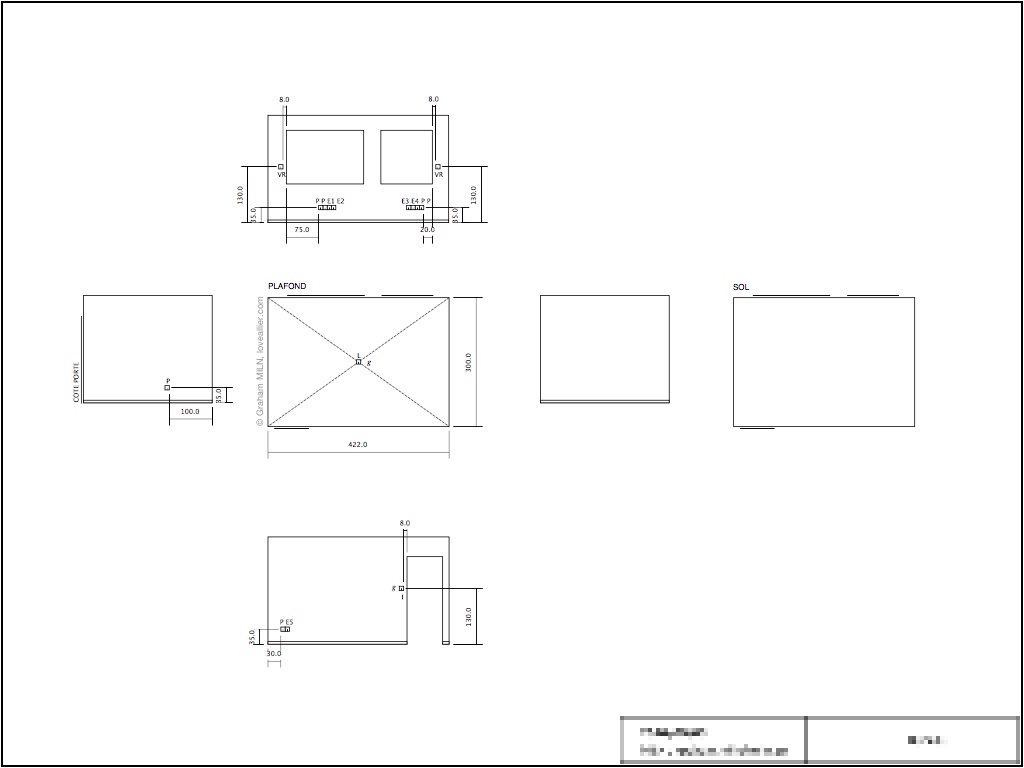
As well as two-dimensional plans, I have built our home in three-dimensions using SketchUp Make. This free design software allowed us to walk around our home long before the first brick was laid.
Creating the three-dimensional model exposed my lack of understanding in many places. Every dimension is needed. Little can be hidden from a model, as every angle must be provided.
As I put together the model, I found myself discovering oddities in the builder’s plans. I actually had to read, think about, and translate every number on the formal plan into the model. It was a time consuming but important exercise.
The model has been great for capturing views and showing them to the builder. When a change is suggested, I can go to the model and make the change. A screen shot of the change can then be used to confirm what the end result will look like. If we have misunderstood, the model quickly reveals the problem.
When we had a problem with the head height of the stairwell, it was the model that allowed me to come up with a better solution. Working in three dimensions is harder but it allowed me more flexibility than top-down plans.
So as a tool, our model and plans have been essential.
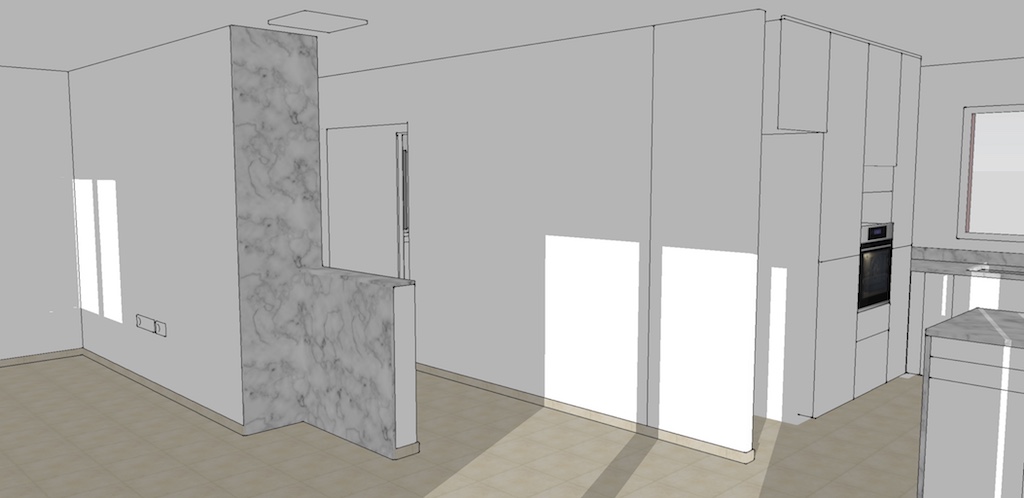
Recently I wondered how well my model has stood up to reality.
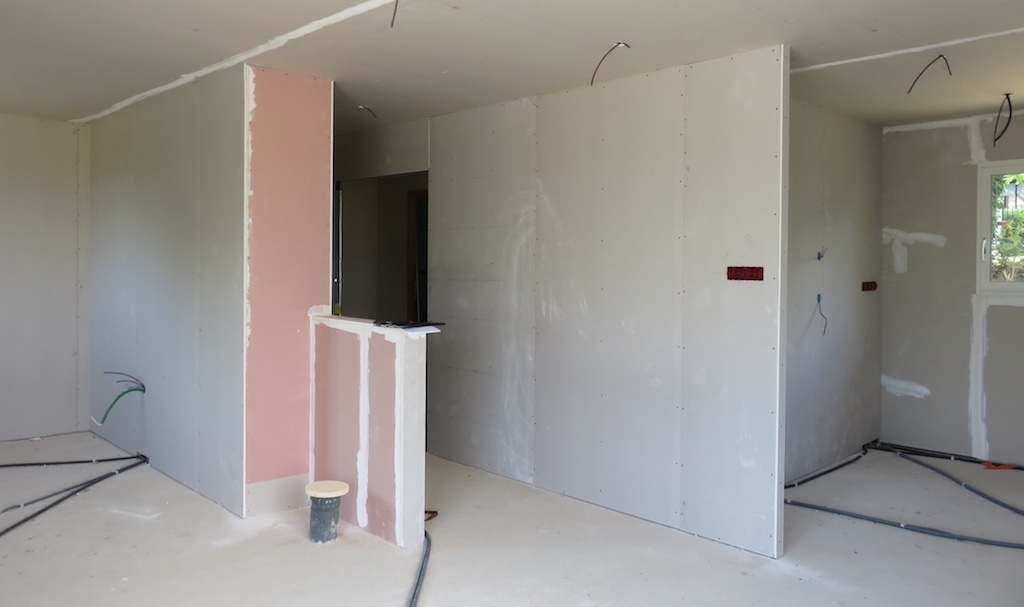
Internally the model has been given a lot of time and attention. We use it to experiment with furniture and fittings. The model has changed our minds a few times.
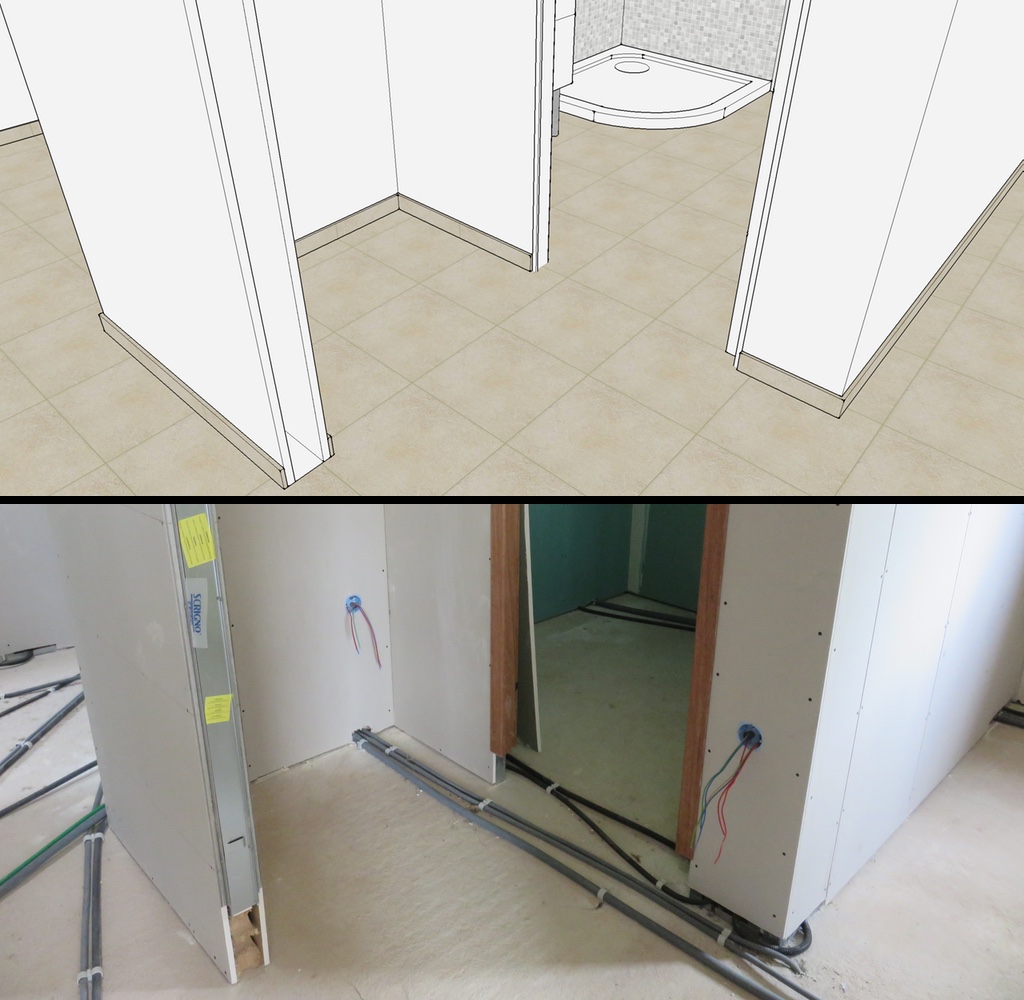
The external view of the model shows where I had to make assumptions or lacked information.
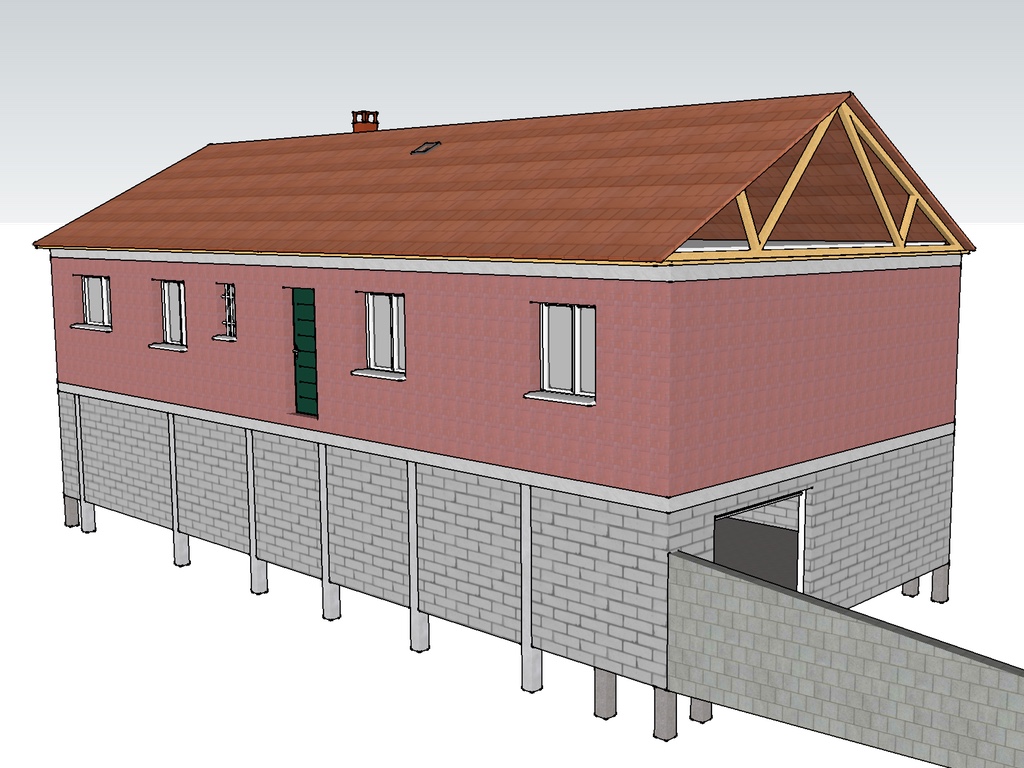
I was unsure how the external walls would interact with the roof; so, that element is simply omitted. This view of the model highlights my focus on technical accuracy rather than making the model beautiful.
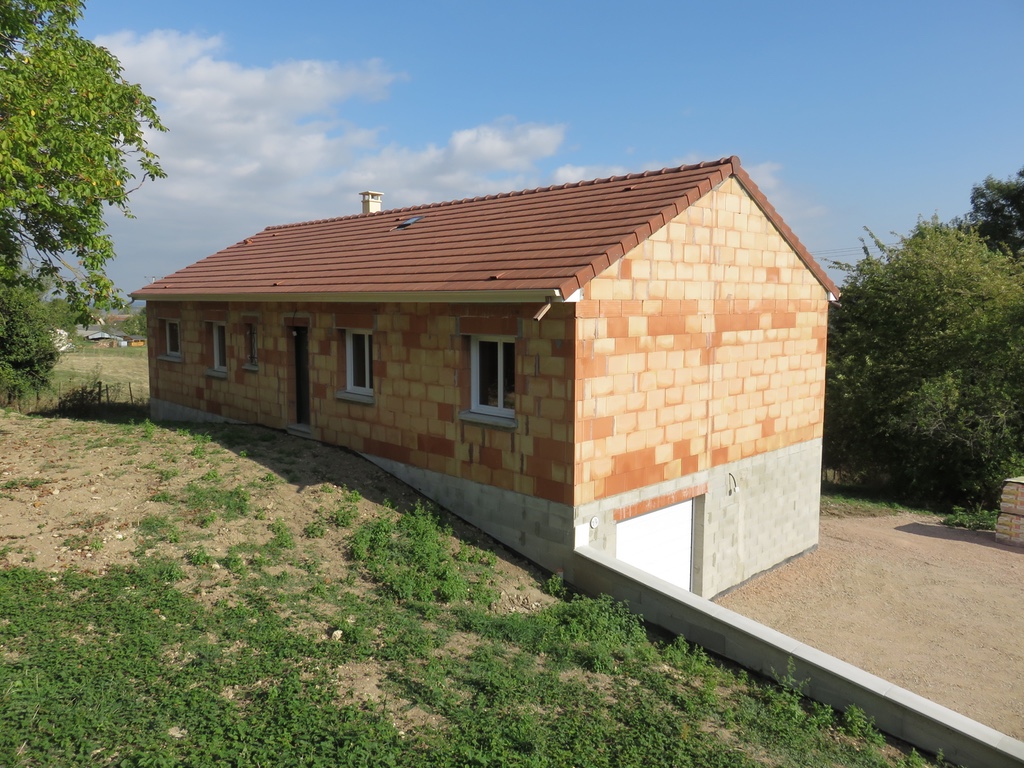
It turns out the model is pretty close.
Megan noted that seeing the inside of the house was not a surprise. It looked as she expected. That is something of an achievement in just how well the model prepared us. As we walked around for the first time, we knew what to expect.